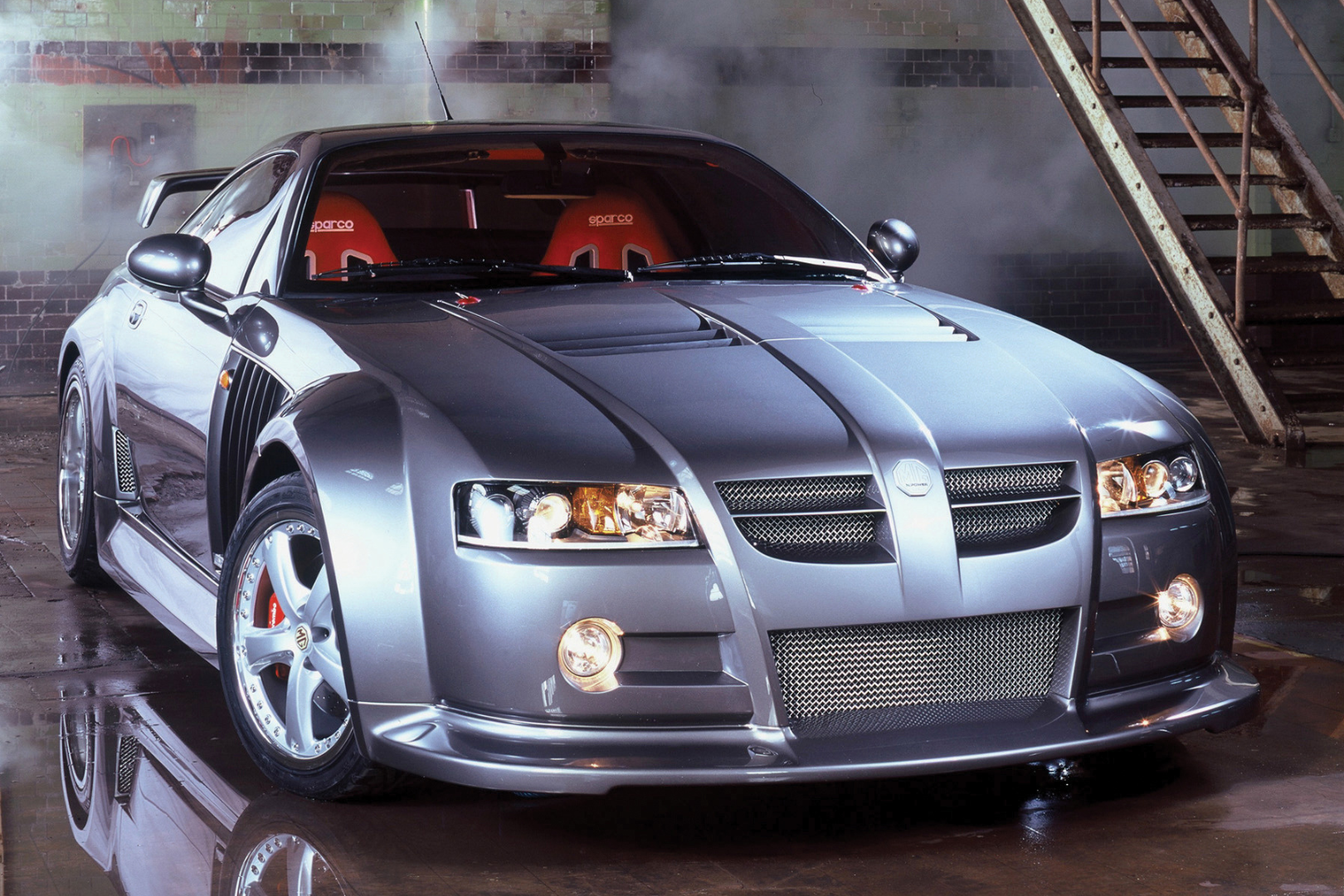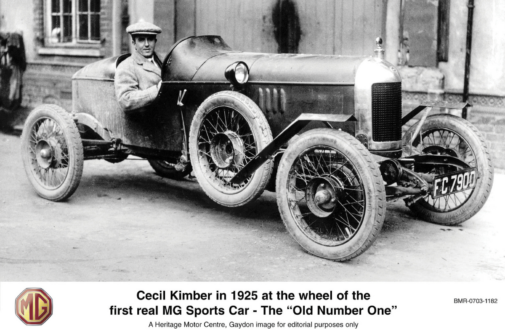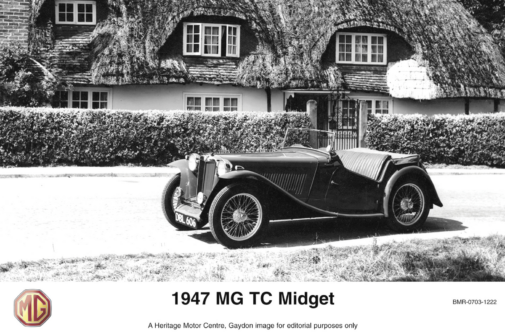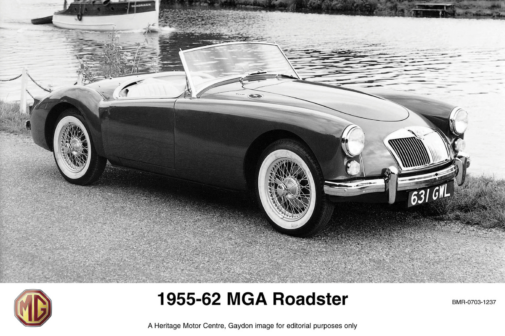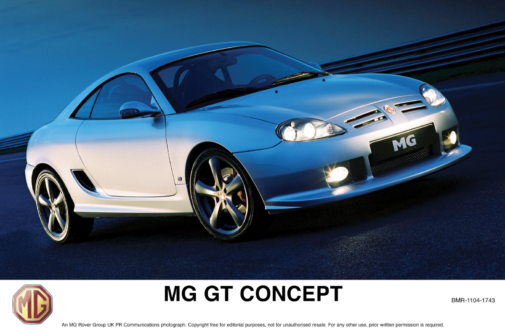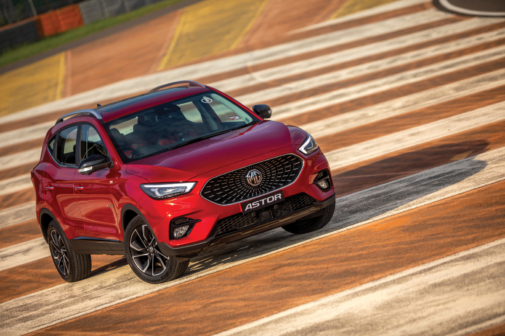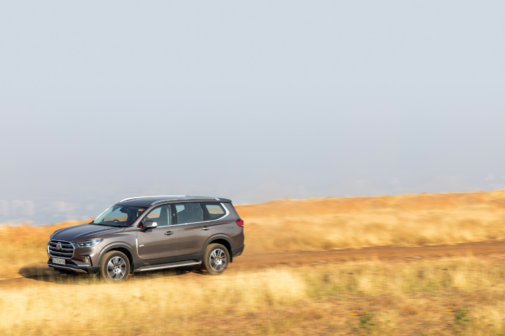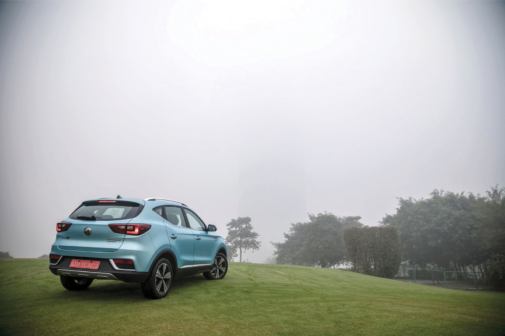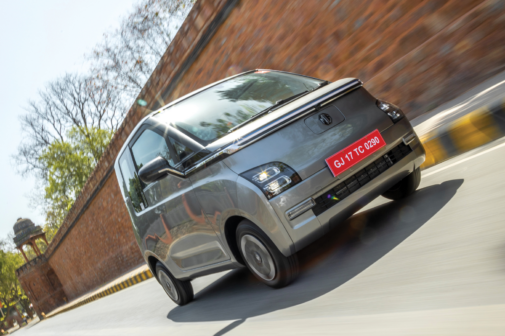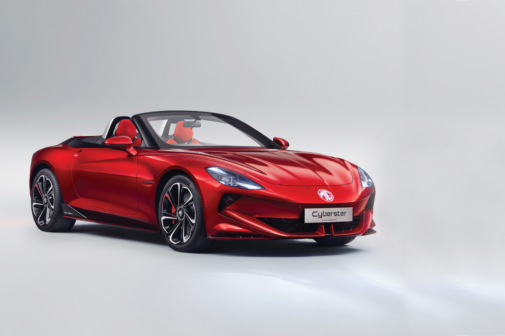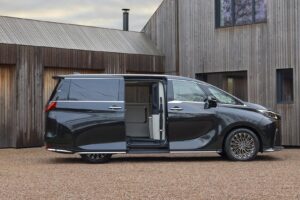To many new car buyers, MG might not look a hundred years old, especially if all they’ve seen are the modern MG cars. From the ZS EV to the Astor, the Gloster to the Hector, and even including the pint-sized Comet in the mix, not one of these appears to have been burdened with unnecessary throwbacks to the past. These, modern cars made for the modern customer, showcase one thing that has defined MG quite well, and that is dynamism. Not just in the way the MGs of the past drove but also in how the new ones adapted to the changing needs of the car buyer. As MG turns 100, we think it’d be a nice occasion to revisit the brand’s past, and present, and even get a glimpse of the future.
It all started in the early 1920s when William Morris’s recently appointed general manager began giving existing Morris Garages bespoke bodywork. One prototype led to the other, and before you knew it, the brand was selling Kimber Specials. Why Kimber Specials, you may wonder? That’s because the gentleman behind all of this was a certain Cecil Kimber. An engineer by education, Kimber was keen to push the boundaries, and it showed in his creations. Customers loved these, and unsurprisingly, the demand kept rising — and so did the number of now-MG-badged products. Unfortunately, not too long after that, Kimber passed away in a train accident. What he left behind was a car company ready to take on anything, no matter how gargantuan the task at hand might seem.
WWII ended, and MG, reinvigorated, began producing cars again — driver-focussed cars, in a variety of body styles: the TC which came just after the war was a two-seater, it was followed by a saloon and then the TD Midget. In 1952, MG joined the British car conglomerate, BMC (British Motor Company), which also housed other prominent carmakers like Austin. Thus began the arrival of the MG cars which have now become veritable classics. It flourished both in the home market and across the Atlantic, the cars it made were appreciated for the way they drove, and even with other more luxurious — and more aspirational — British brands around, MG was soon synonymous with good British cars.
Following a few tumultuous years, MG brought out a slew of new products like the MG Metro, Montego, and Maestro in the 80s. These gained popularity quickly and with up-to-date cars, MG was looking ready to take on the market again. Another change of ownership later, the brand, now called MG Rover, benefitted from increased cash flow — and things were looking great for MG once again. Amidst all this, going ahead with the tradition of creating some lust-worthy metal, MG gave the world the ‘Z’ line of cars, and of course, the short-lived but highly desirable MG XPower SV. MG wasn’t a stranger to shoe-horning V8 engines into small cars and making them work like a charm, and this only reaffirmed that.
It wasn’t until the beginning of 2010s that MG had a brand-new car developed and ready for sale. This is also the world witnessed MG’s full-fledged revival. A new product after the other, exploring new market segments, and even preparing itself with alternative modes of propulsion for the future. That’s the MG we have today — a highly dynamic carmaker, which didn’t hide behind its legacy, it instead embraced the past and at the same time welcomed the future with equal love, too. For a developing market, India didn’t have a shortage of classic MGs. From the erstwhile royal collections to even relatively lesser-known collectors, everyone had developed a liking for this quintessentially British carmaker. Of course, it also grabbed the attention of those who enjoy driving — for MG was, after all, a maker of driver-focussed machines.
MG made its official arrival in India in 2019, and in the last four years, the kind of commitment it has shown towards the Indian market is just incomparable. With its headquarters in Gurgaon and manufacturing operated from the state-of-the-art facility at Halol, Gujarat, MG hasn’t just been generating employment, it has set a few solid examples for others to learn from. Take, for instance, their bit to eradicate the gender gap from automotive manufacturing — it won’t be long before there’s a 50:50 ratio between men and women working together at MG. This is complemented by initiatives like ‘Drive Her Back’, an ongoing facility that enables and encourages women to refocus on their careers after they’ve had to take a break from work.
MG’s abilities as a modern carmaker shine through its wide range of products, too. The all-electric cars like the ZS EV and the Comet have effectively helped new buyers widen their horizons. Similarly, filled to the gills with features and capabilities, both the Gloster and Astor have managed to take on the biggest of rivals head-on. Lastly, the Hector, the brand’s first product in the Indian market, is no stranger to fame, having been the driving force behind MG’s success story in the country. It continues to soldier on, offering space, comfort, and features unlike anything else on the market.
Connected Car features wasn’t exactly a buzzword before MG’s arrival — its products effectively democratised that. Every new car now comes with some form of connected-car tech, and MG has a huge role to play in that regard. Another area where MG has succeeded has to be in offering autonomous driving features: all new MGs, with the exception of the urban-oriented Comet, come with ADAS, effectively heightening the safety-focussed stance the company has taken with its products. Amidst all this, MG hasn’t certainly forgotten about our burden on the planet, and sustainability continues to be a strong point in MG’s product planning. This shouldn’t come as a surprise, because with nearly a quarter of its sales coming from all-electric vehicles, MG knows and values its customers’ demands.
The all-electric portfolio, currently comprising the ZS EV and Comet, has brought MG some 20,000 customers. Talk to them and you’ll realise how genuinely satisfied they are with these world-class cars. While the ZS EV has been around for a while — and has established its presence in the segment — it’s the Comet that took everyone by surprise. No one had anticipated the arrival of an urban mobility tool, one that isn’t just affordable but also quite premium in the way it’s put together. With a range of about 200 km on a single charge, it does tackle the needs of everyday urban motoring quite well — not just in the way that it produces zero emissions but also in how affordable it is to run.
Let’s not forget it’s MG that we’re talking about, a brand that has always been curious to learn and adapt. In the process of doing so, MG has always created some of the most enjoyable cars to have ever graced the planet. The future doesn’t look too bleak, either. Just to give an idea, apart from a wide range of existing all-electric, hybrid, and conventionally powered cars globally, there are products like the Euniq 7 fuel-cell MPV, which show the parent company SAIC‘s extent of research in the field. What excites us even more is the upcoming all-electric Cyberster sports car scheduled to be making its way to certain markets soon. It’s an MG that will beat the who’s who of the sports car segment, with critics claiming it to be the one for those who love driving. Guess some things never change — even after a hundred years!





